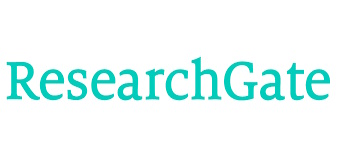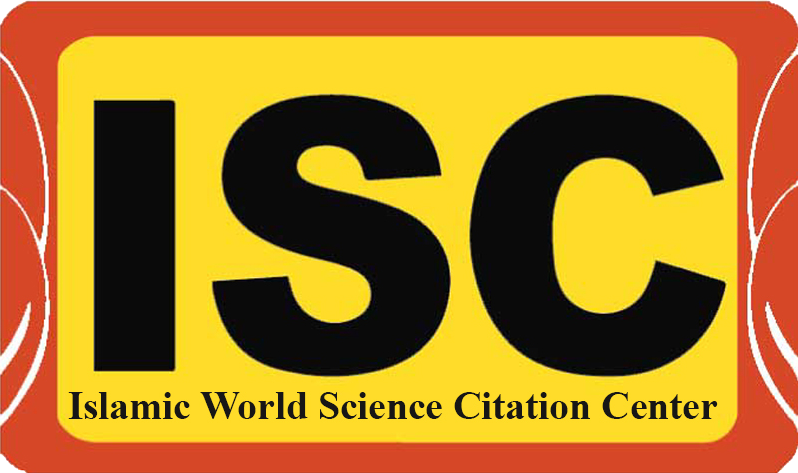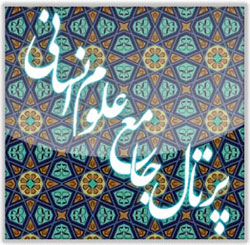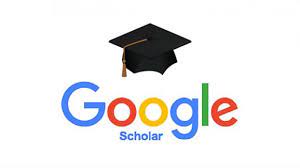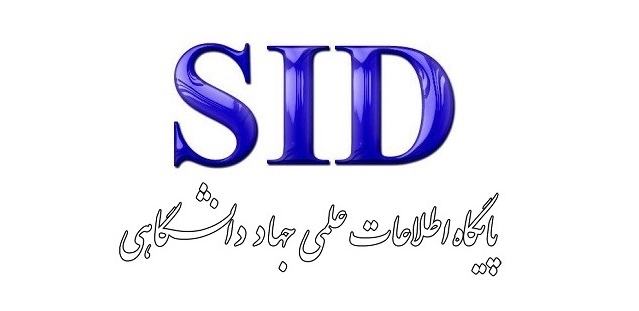About the Journal
Manifestation of Art in Architecture and Urban Engineering is an interdisciplinary, peer-reviewed journal dedicated to exploring the intersection of artistic expression and the built environment. This journal serves as an international platform for scholars, architects, urban engineers, designers, artists, and researchers to present their studies, insights, and innovative approaches that enrich and expand the fields of architecture and urban engineering. Published quarterly, each issue features articles, case studies, reviews, and essays that aim to bridge the gap between artistic theory and practical architectural applications, encouraging an integrative approach to design, functionality, aesthetics, and human experience in constructed spaces.
Aims and Scope
The journal's mission is to cultivate scholarly and professional discourse on how artistic concepts and practices manifest within architecture and urban engineering. The journal embraces a broad range of topics, including but not limited to:
- Art in Architectural Design: Examining the infusion of artistic concepts within architectural design and construction.
- Urban Aesthetics and Planning: Studies on how artistic principles influence urban form, public spaces, and cityscapes.
- Sustainable and Ethical Design: Research into how aesthetics and design intersect with sustainability and social ethics in the urban environment.
- Cultural and Historical Perspectives: Analyses of the cultural, historical, and social aspects of art in architecture and city planning.
- Technological Advancements in Design: Investigations into how modern technology, such as digital design tools, 3D printing, and AI, supports and transforms artistic approaches in architecture.
- Artistic Interpretations and Critiques: Critical reviews of notable works, theoretical essays, and conceptual studies at the nexus of art and architecture.
By supporting a holistic and interdisciplinary dialogue, Manifestation of Art in Architecture and Urban Engineering seeks to inspire architects, artists, and scholars alike, contributing to the continual evolution and appreciation of our shared urban spaces.
Open Access Statement
Manifestation of Art in Architecture and Urban Engineering is committed to providing open access to its content, thereby making research freely available to the public. All published articles are accessible online without subscription or payment barriers, ensuring that research findings are widely disseminated and accessible to practitioners, scholars, and the public alike. This model is based on the principle that open access to research fosters a greater exchange of knowledge globally, accelerating advancements in the fields of architecture, urban engineering, and art.
Copyright and License
The authors of all articles published in Manifestation of Art in Architecture and Urban Engineering retain full copyright to their work. Each article is licensed under the Creative Commons Attribution-NonCommercial 4.0 International License (CC BY-NC 4.0). This license allows others to remix, adapt, and build upon the work for non-commercial purposes, provided proper attribution is given to the original author(s). This ensures that while the research is widely accessible, the intellectual property and creative rights of the authors are respected and upheld.
Plagiarism Policy
The journal enforces a strict plagiarism policy to maintain the integrity of its publications. Each submission is rigorously checked for plagiarism using the iThenticate software. Any submission found to have an unacceptable level of similarity with other works, or that does not meet the journal's standards for originality, will be rejected. The journal encourages authors to review their work for originality before submission, promoting a culture of academic honesty and integrity.
Article Processing Charges (APCs)
To support the journal’s high standards of quality and accessibility, Manifestation of Art in Architecture and Urban Engineering charges a publication fee for accepted articles. The current Article Processing Charge (APC) is 1,500,000 Tomans. This fee covers costs associated with editorial processes, peer review, production, and online hosting. APCs are payable only upon acceptance of an article, and there are no submission charges. The journal is committed to assisting authors from low-income backgrounds through fee waivers and discounts, assessed on a case-by-case basis.
Peer-Review Process
The journal operates a rigorous, double-blind anonymous peer-review process. Each manuscript is evaluated by two or three expert reviewers to ensure the quality, originality, and relevance of the work to the journal's scope. This process includes the following stages:
- Initial Screening: All submissions undergo a preliminary screening by the editorial team to ensure they meet the journal’s basic criteria, including relevance, originality, and adherence to formatting guidelines.
- Assignment to Reviewers: Qualified reviewers with relevant expertise are selected to evaluate the manuscript, ensuring a thorough and informed review process.
- Reviewer Evaluation: Reviewers provide comprehensive feedback on the submission, including assessments of the work’s methodology, theoretical framework, contribution to the field, and clarity of presentation.
- Decision Making: Based on reviewer feedback, the editorial board decides whether to accept, request revisions, or reject the manuscript. In the case of conflicting reviews, an additional reviewer may be consulted.
- Author Revision and Resubmission: Authors of manuscripts requiring revisions are given the opportunity to respond to reviewer comments and resubmit the revised work, which may undergo further review.
- Final Decision: The editorial board makes a final decision on the manuscript’s publication, ensuring that only high-quality, impactful research is published.
This transparent and rigorous peer-review process upholds the journal's dedication to quality, integrity, and scholarly value.
Archiving and Repository Policies
Manifestation of Art in Architecture and Urban Engineering is committed to the long-term preservation and accessibility of its publications. The journal supports both self-archiving and indexing in reputable repositories to maximize visibility and impact.
- Self-Archiving: Authors are encouraged to self-archive their accepted manuscripts in institutional or subject-based repositories, personal websites, or other public repositories.
- Partner Repositories: The journal’s articles are also archived in prominent local and regional repositories, including Magiran, SID, Noormags, Civilica, and Ensani, where they are easily accessible to a wider academic and professional audience. These partnerships ensure the long-term preservation of articles and provide greater exposure to the authors' work.


